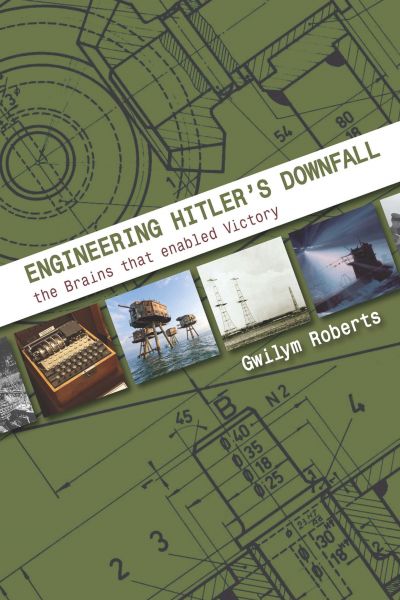Whilst living in Liverpool, Britain’s second most heavily bombed city during World War II, the author experienced at first-hand the terrible effects of the war on the civilian population and when studying at Cambridge he witnessed the American heavy bombers and their fighter escorts flying to attack targets in Germany and occupied Europe.
Serving as an engineering officer in the Royal Navy in HMS Sheffield provided first-hand realisation of the importance of engineering and emphasised that victories achieved in the Battle of Britain and other campaigns were made possible by newly-developed machines, equipment or techniques. These innovations gave the Allied forces a significant advantage and helped ensure eventual victory.
Engineering Hitler’s Downfall features numerous inventions such as the decoding machines developed at Bletchley Park; the hand-held mine detectors that cleared pathways through enemy minefields, firstly at the Battle of el Alamein but also in most subsequent actions; the newly-located factories and tanks that enabled the Russians to repulse the German invasion; the escort carriers and long range aircraft that enabled U-boats to be attacked in the mid-Atlantic; the 4000 plus Bailey bridges that allowed narrow ravines and rivers as wide as the Rhine to be crossed; the Mulberry harbours through which the D-Day bridgehead was reinforced and supplied and the pipelines under the ocean that supplied fuel for invading troops. These and many other examples illustrate what was achieved under such immense pressure.
The book includes timelines to set it all in context with respect to the course of the war.
ISBN: 9781849953863
Format: Paperback
Author(s): Gwilym Roberts
First Publishment Date: 01 October 2018




